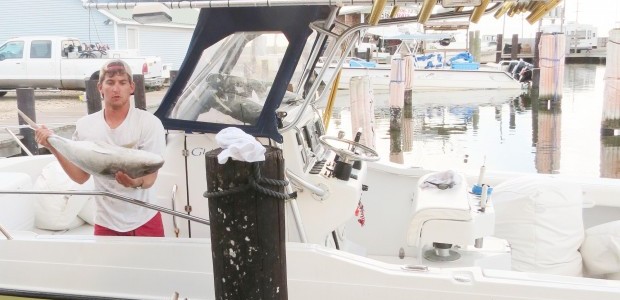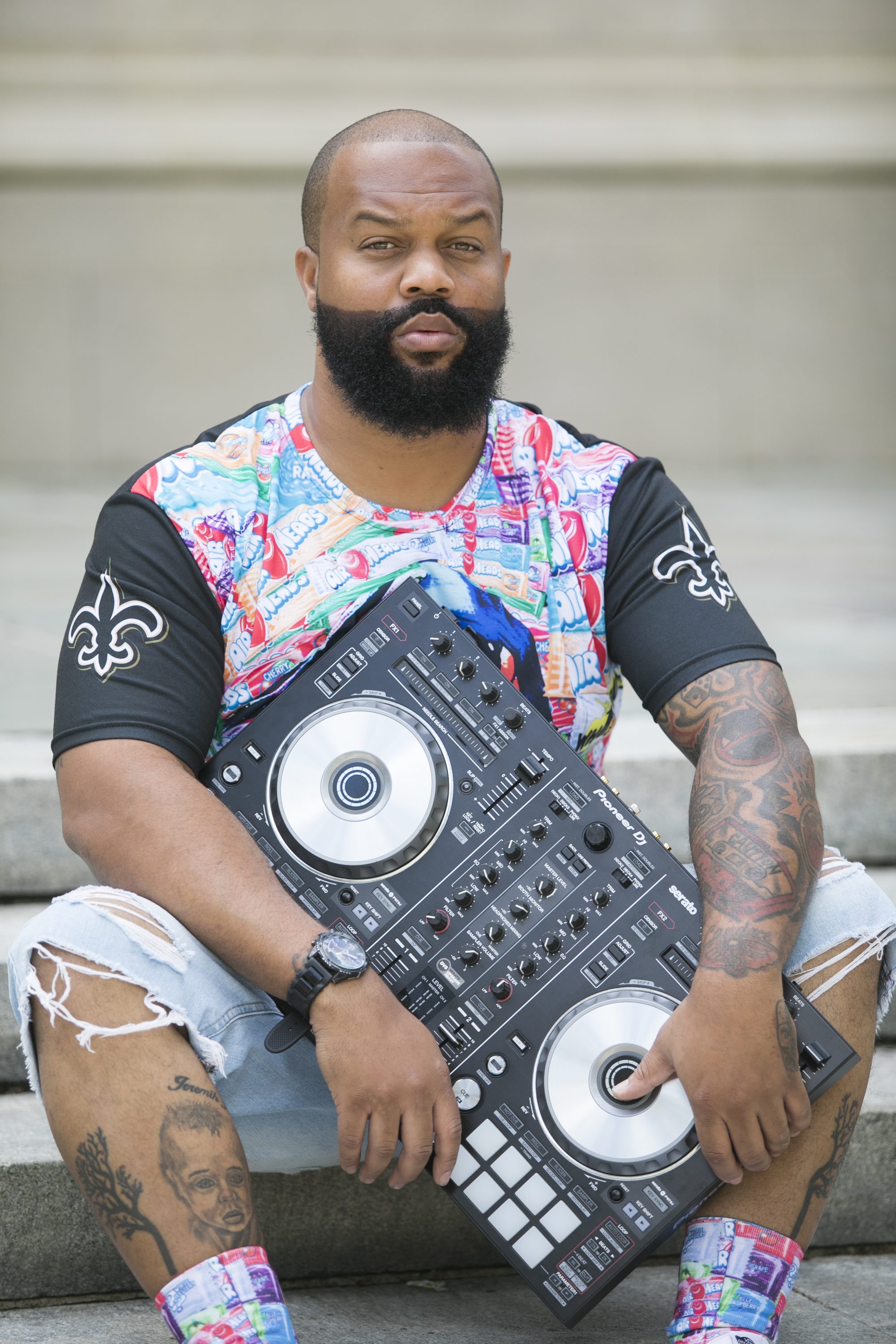
Art After Dark returns to Houma
September 5, 2012
Chartering a Comeback
September 5, 2012When you love music enough to collect it (and yes, even stockpiling MP3s counts), the constant search for new stuff tends to crowd out your older albums. They stand, or marinate in electronic limbo, in mute stasis until something jogs the memory. You pull it out (or dial it up) and like an old friend you haven’t seen in a good while, you bask in the warmth of well-worn familiarity. You still judge, though: Is it still as good as I remember, does it still thrill?
It shouldn’t have taken the 25th anniversary of PAUL SIMON’S GRACELAND to get me familiar again with its wonders, but there it is. It hadn’t been 25 years since I last played it, of course. (About eight years ago Columbia reissued all of Simon’s solo records, with extras.)
The deluxe package has the extra tracks plus an interview with Simon wherein he tells the tale of its making and the aftermath, plus a DVD containing a documentary covering much the same ground. You also get his Saturday Night Live performance with Ladysmith Black Mambazo plus a full concert from that era. It’s well worth the price, especially if you hunt just a little for the best price. (Hint: A river by the same name runs through it, in the southern, western hemisphere.)
Simon took much heat for blowing off the United Nations’ embargo on all things South African. His bravery is hard to remember for those of us old enough to have lived through that, and probably hard to fathom for young ones who never knew apartheid.
But Simon took a leap of faith and made his end run around the well-intentioned but misguided cultural blockade to expose these virtually imprisoned musicians to a large chunk of the uninitiated Western world. He also connected the dots with some prime practitioners of American roots music. Lastly, he also made a kick-ass record.
Where to start? “The Boy in the Bubble” is an opener that sets the table beautifully. Simon never utters one word about racism or oppression. He stays in his comfort zone lyrically – poetry of autobiography told by characters he dreamt up. Yet the music instantly transports the listener to a foreign land, where the newness of Chikapa “Ray” Phiri’s cascading guitar lines are buoyed by the rubbery elasticity of Baghiti Khumalo’s bass lines.
The latter is Simon’s near-sole accompaniment on an outtake version of “Diamonds on the Soles of Her Shoes,” and he positively amazes with his gymnastic maneuvers. (Can somebody tell me if he’s the player on Seinfeld’s into/outro music?)
The otherworldly choral backup on most of the songs sounds like angels from another dimension (to my provincial ears).
“You Can Call Me Al” exhilarates as it still conjures up Chevy Chase’s smug and stupid mug in the made-for-MTV video. The last two cuts feature Buckwheat Zydeco’s wild accordion in a zydeco-by-way of Soho romp, and Los Lobos (see below) on an impossibly giddy “All Around the World – The Myth of Fingerprints.” The connections are made plain, for all the world to see.
The documentary explains how Simon recorded song fragments in Africa and then brought them back to New York for finishing into the gems that they are. These diamonds from the Dark Continent have continued to shine upon succeeding generations – as in, the next time you hear Vampire Weekend or GIVERS or any number of other like-minded bands, know that this record made them possible.
Speaking of LOS LOBOS (see the note at the end of the Graceland review), the most criminally underappreciated band in the U.S., their masterpiece, KIKO, just turned 20.
For me, this record is my all-time prime example of a grower. Already a fan of the band when this, its fourth album, came out, I had a violent “meh?” reaction.
Much like “Graceland,” “Kiko” was way ahead of its time, and I was left cold by its studio tricks and gnarly, bent songs. I was a schmuck.
Two or so years later I played it again out of guilty boredom and had a revelation. It is now on my desert island list, top-five material.
The anniversary edition’s got extra songs, mainly demos, but it also has a DVD of the entire album played in order. Not essential if you already have it, but a gotsta-have if you don’t.
From the opening clacks heralding the second-line shuffle of “Dream In Blue,” we are warned: This will be no plug-in and just-play affair. After the deadly lagging bass line comes in, the slack-wristed rhythm guitar and bleating baritone saxes create an altered state of consciousness, familiar and strange at the same time.
“Wake Up Dolores” comes next and gets the blame for my initial dislike. It evokes the feeling you get when someone is trying to wake you and you simply don’t want to comply. Never mind, take the full measure of “Angels With Dirty Faces” and feel the power of hallucinogenics without breaking any laws. The sacred and profane are mixed in an elixir that intoxicates but doesn’t reduce attention.
Cesar Rojas, the dirty bluesman of the group, comes in next with one of his burners, “That Train Don’t Ride Here Anymore”; that and his later “Wicked Rain” provide grounded respites from all the magical realism flowing from the genius minds of David Hidalgo and Louie Perez.
When “Kiko” sidles in with its tick-tock beat, interlocking melodic snippets (one of which is “Three Blind Mice”), you have to succumb; letting go of your resistance to sleep is the closest analogy.
More religious overtones on “Saint Behind the Glass” follow. The bluster of “Reva’s House” (punishing blasts of bari sax!) fronts the gorgeous fatalism of “When the Circus Comes To Town.”
Other standout cuts are … every other song on the album. Seriously, not anything less than killer (no filler) all the way through. By the time “Peace” (not won through pacifism, either) rolls out, you’re either smitten or soon to be.
And now for the promised new thing.
How to tell whether something’s got staying power? You can’t. And to call something an instant classic is pretty foolish. Well, that never stopped me before.
Some cat named MATTHEW E. WHITE has a debut out called BIG INNER, and it’s a corker.
Another one of these lucky souls who got raised/tortured by Pentecostal preacher parents (and hence infused with the power and glory in their nurtured natures) White has stolen from Allen Toussaint, The Band and untold pop singer-songwriters to make his own thing: a brew of gentle but arousing R&B.
Stirring strings, deep funk bass, women background singers, swelling/punchy horns, gutbucket piano and occasional Steve Cropper-inspired guitar fills all are worked to perfection by White in his fantastic arrangements.
Sounding at times like Eugene Levy doing Perry Como on the old SCTV (how bad does that date me?), White could stand to at least emote every now and then. That minor quibble aside, this brief (seven-song) album may just last past the next cycle. Or not. Time will always tell, for those still around to hear.
– Dave Norman is a local attorney who has written or participated in various critiquing endeavors in the past (movies, restaurants) but who believes now has found his real niche as a music critic. In his opinion.
The 25th anniversary of Paul Simon’s “Graceland” nudges columnist Dave Norman into remembering the trailblazer’s humanity and musicianship.
Paul Simon – “Graceland”
Los Lobos – “Kiko”
Matthew E. White – “Big Inner”










